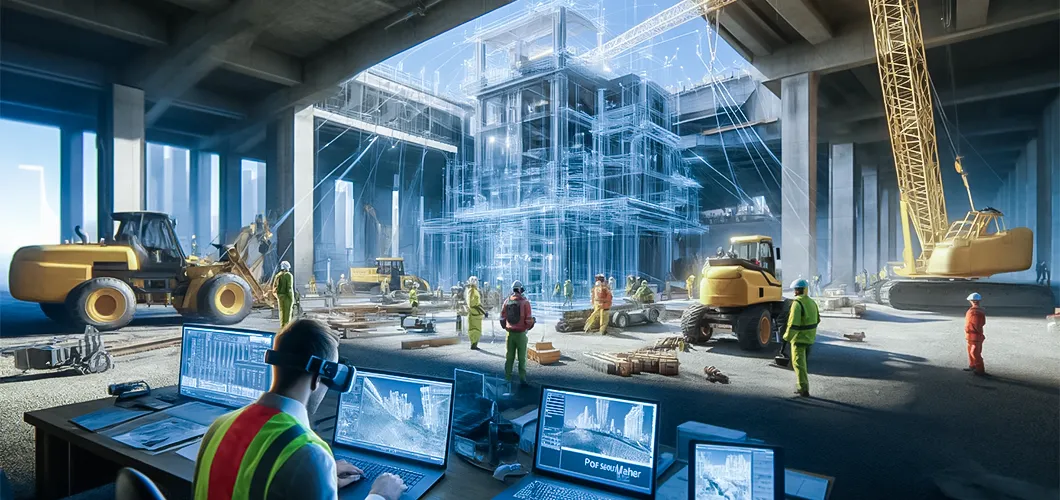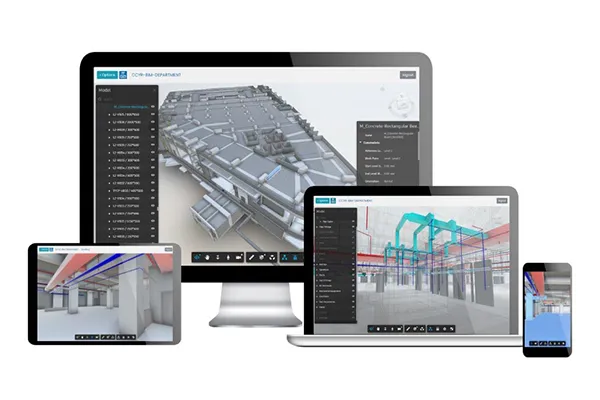
Future Trends in Point Cloud Modeling and How They Will Affect the Construction Industry
Point cloud modeling is revolutionizing the construction industry. By capturing precise three-dimensional data of physical spaces, point clouds offer a detailed representation that can be used in various phases of construction projects. As technology continues to advance, several emerging trends are set to further enhance the capabilities of point cloud modeling. These future point cloud modeling trends will significantly impact the construction industry, improving efficiency, accuracy, and overall project outcomes.
Increased Adoption of LiDAR Technology
One of the most significant point cloud modeling trends is the increased adoption of Light Detection and Ranging (LiDAR) technology. LiDAR systems use laser pulses to measure distances to surfaces, creating highly accurate 3D models. The affordability and accessibility of LiDAR technology are improving, making it a viable option for more construction projects. With drones and handheld LiDAR devices becoming more commonplace, construction teams can quickly and efficiently capture detailed site data. This data can then be used for planning, design, and monitoring purposes, reducing the likelihood of errors and rework.
Integration with Building Information Modeling (BIM)
The integration of point cloud data with Building Information Modeling (BIM) is another key point cloud modeling trend. BIM is a digital representation of the physical and functional characteristics of a facility. By incorporating point cloud data, BIM models become more precise and detailed. This integration allows for better visualization, coordination, and clash detection in the design phase, leading to fewer issues during construction. Additionally, as-built models created from point cloud data can be used for facility management and maintenance throughout the building’s lifecycle.
Enhanced Data Processing and Analysis
Advancements in data processing and analysis are making it easier to handle the vast amounts of data generated by point cloud modeling. Machine learning and artificial intelligence (AI) algorithms can automatically identify and classify objects within point clouds, streamlining the modeling process. These technologies can also help detect patterns and anomalies, providing valuable insights for construction professionals. Improved software tools are enabling faster processing times and more intuitive user interfaces, making point cloud modeling more accessible to a broader range of users.
Real-Time Monitoring and Updates
Real-time monitoring and updates are becoming increasingly feasible with the advancements in point cloud technology trends. Construction sites can be regularly scanned, and the data can be compared to the digital model to ensure that the project is progressing according to plan. This capability allows for immediate identification of discrepancies and prompt corrective actions, reducing delays and cost overruns. Real-time updates also facilitate better communication and collaboration among project stakeholders, as everyone can access the most current information.
Mobile and Cloud-Based Solutions

The development of mobile and cloud-based solutions is transforming how point cloud data is collected, stored, and accessed. Mobile applications enable construction professionals to capture and review point cloud data directly on-site using smartphones or tablets. Cloud-based platforms allow for seamless sharing and collaboration, with data accessible from anywhere at any time. These solutions reduce the need for specialized equipment and make point cloud modeling more versatile and user-friendly. This is a very important point cloud modeling trend that holds great importance in the future of BIM.
Augmented Reality (AR) and Virtual Reality (VR) Integration
The integration of augmented reality (AR) and virtual reality (VR) with point cloud modeling is opening up new possibilities for visualization and interaction. AR can overlay point cloud data onto the physical environment, allowing users to see how proposed changes will look in real life. VR can immerse users in a fully digital representation of the construction site, providing a more comprehensive understanding of the project. These technologies enhance design reviews, stakeholder presentations, and training sessions, making them more engaging and informative.
Sustainability and Environmental Impact
Point cloud modeling is also contributing to more sustainable construction practices. By providing accurate data on existing conditions, point clouds can help minimize material waste and optimize resource usage. They can also be used to monitor environmental impact and ensure compliance with regulations. For example, point clouds can track changes in topography and vegetation, aiding in the management of construction sites to reduce their ecological footprint.
Future Outlook

As point cloud modeling services continue to evolve, their impact on the construction industry will only grow. The trends mentioned above highlight how this technology is becoming more integrated, accessible, and powerful. Construction professionals who embrace these advancements will benefit from improved accuracy, efficiency, and collaboration, ultimately leading to better project outcomes.
In the future, we can expect even more sophisticated applications of point cloud modeling. For instance, the use of AI-driven predictive analytics could foresee potential issues before they arise, allowing for proactive problem-solving. Additionally, the combination of point cloud data with Internet of Things (IoT) devices could enable continuous monitoring and maintenance of structures, extending their lifespan and performance.

